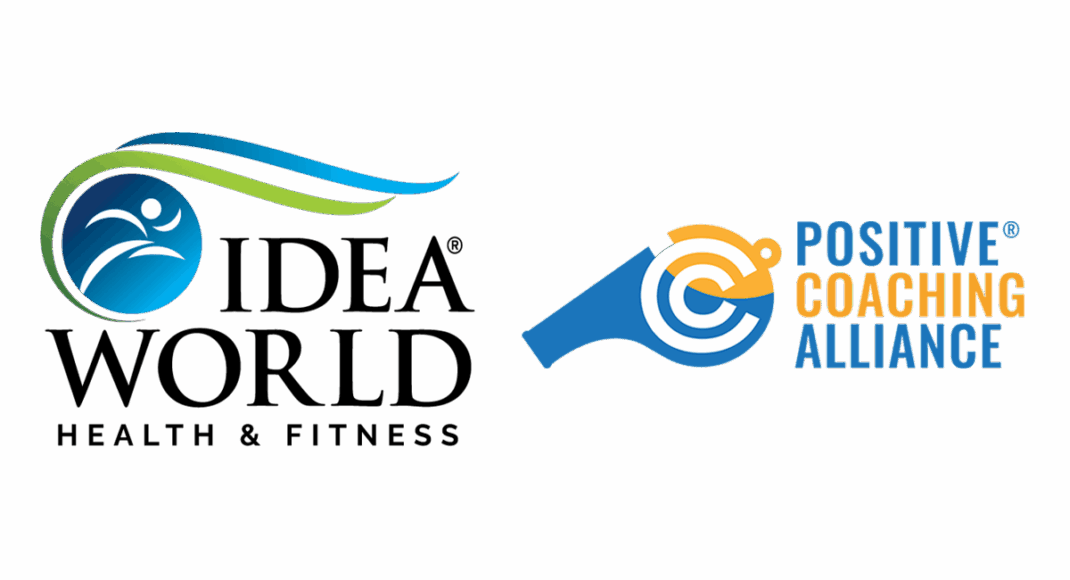Success in Corporate Wellness
What does it take to succeed in a growing and needed fitness niche?

The labor market has a mind of its own. However, employers still want to boost productivity, camaraderie, morale and more. Healthcare costs continue to rise, and companies are always looking for ways to rein them in. With more people back in the office, workplace fitness and wellness programs are an obvious response to ongoing health challenges and are popping up across the country as employers search for innovative and competitive solutions. In fact, according to the “Workplace Health in America Survey,” published in the April 2019 issue of American Journal of Health Promotion (Linnan et al. 2019), almost half of all worksites offered some type of health promotion or wellness program in 2017. As more companies adopt this approach, qualified fitness professionals will continue to be in demand.
Corporate wellness programs have existed for decades, yet many fitness professionals aren’t aware of the corporate fitness sector as a viable career option. Though corporate wellness is similar to commercial fitness, they differ in a few key ways. In this two-part series, we’ll examine the five most significant differences and look at skills you need to succeed in the corporate environment.
1. Be a Hybrid Pro
Corporate fitness sites are often staffed by a handful of employees, whereas commercial gyms typically need sizeable staffs and have distinct departments. At a larger commercial gym, you may not need experience in both group exercise instruction and personal training; in a corporate setting, you will likely have multiple roles (e.g., teaching classes as well as training individuals or small groups). It’s therefore essential to become proficient in both if you want to pursue corporate fitness.
Though many corporate wellness companies prefer to hire experienced fitness professionals, the flexibility inherent in corporate programs can make it fairly easy to hone skills on the job. In a large commercial gym, you might be expected to teach a set structure and format to a 75-person class; at a corporate site, you may be able to gain group exercise experience with far fewer participants. Teaching a basic strength or core class to a small group in a corporate setting is an ideal way to improve your teaching skills. Once you’re comfortable, teaching a higher-intensity or more complicated format will continue to sharpen your teaching skills.
If you’re trying to gain more training experience, one idea is to offer machine orientations to employees, which allows you to start working one-on-one with people. Coaching small-group training also helps build confidence. Regardless of your personal preference between teaching and training, proficiency in both allows centers to be operated by a smaller staff, which is crucial for most corporate wellness programs.
2. Be Clear About Company Goals
It’s crucial to know the employer’s wellness program goals, and forming solid relationships will help you learn those. Companies establish wellness programs for various reasons. Some emphasize reducing healthcare costs, while others promote the program as an employee benefit and a recruitment or retention tool. Receiving a return on investment in the wellness program is often another metric. Goals often fluctuate from year to year, depending on an aggregate change in employees’ health, such as an unexpected increase in high-risk pregnancies.
Understanding the company’s short- and long-term goals will help you design programs that meet specified needs. For example, a short-term goal could be alleviating employees’ back pain, while a longer-term goal could be reducing back pain–related healthcare claims (e.g., for surgery). Programming might include core-strengthening classes, a lunch and learn on using exercise to decrease back pain, ergonomic desk adjustments, and an incentive program challenging employees to attend a certain number of classes in a given month.
Knowing as much as possible about the employees’ ongoing health struggles is crucial for planning. HIPAA (the Health Insurance Portability and Accountability Act) renders this challenging, so it’s important to establish a positive relationship with a company representative, usually someone in human resources. Working closely with a designated employee can help you understand the unique and often-shifting challenges of the workforce. Some companies have a specific person who serves as a liaison between the fitness staff and the company, while others form committees to share programming ideas. To understand the company’s ultimate vision, you’ll want to form communicative relationships with individuals in multiple departments.
3. Customize Programs Based on Culture
You won’t get far if you don’t understand the company’s culture and demographics. Commercial gyms usually cater to a diverse population. Members at a corporate fitness center, however, are typically employed by the same company, and each workplace has a unique demographic and culture. Learn the answers to the following questions to ensure that the program will appeal to the company’s demographics and culture:
- What is the employees’ average age?
- Is the company fit and active overall, or are employees sedentary?
- Are employees working at their desks all day, or are they on an assembly line?
- Do employees need programs that counteract sitting, or do they need more-specialized exercises because they work a physically demanding job?
- Should programs be geared to a low-readiness population or to more advanced exercisers?
- Does the company offer flexible work schedules?
- Are employees able to visit the fitness center any time, or should programming be offered only in the early mornings, during lunch and/or after work?
- Do employees’ schedules change based on time of year? For example, if you’re providing wellness programs for a company involved in tax preparation, the months leading up to tax day are quite busy—and schedule constraints will often leave limited time for attending classes or visiting the fitness center. Offering shorter classes and simple programs is ideal when employees’ schedules are tight.
Getting answers to these questions will help you schedule classes, plan personal training availability and maximize overall program engagement.
Sandy Meagher, MS, co-founding partner of Elevation Corporate Health, a corporate wellness company specializing in providing a wide variety of onsite fitness, wellness and technology solutions, agrees that knowing company culture is important—because wellness programs should not be cookie-cutter. “Every organization is a living, breathing entity unique unto itself,” she says. “Each company presents with varying . . . cultural demographics. They influence facility and program design and the execution of the programs themselves. Every company possesses organizational challenges and barriers that affect the workplace; differing health risks that factor into disease management programs, varying employee interests; and differing corporate goals and finances.”
Knowing as much as you can about a company will help you tailor its wellness program to the employees’ particular needs.
Be Prepared
If you’re considering corporate wellness as a career path, you need to understand what makes this sector unique. In the conclusion to this series, we will examine the final two important differences between commercial fitness and corporate wellness.
References
Linnan, L.A., et al. 2019. Results of the Workplace Health in America Survey. American Journal of Health Promotion, 33 (5), 652–65.
Sara Lynn Baker, MS
Sara Lynn Baker, MS, is the director of training and education for Elevation Corporate Health and has worked in various capacities in the fitness industry for 16 years. She currently oversees 150 corporate fitness employees, ensuring they have the most up-to-date expertise in a constantly shifting industry. She also teaches group exercise, trains private clients and is an exam committee member with the National Strength and Conditioning Association. Her goal as a fitness professional is to simplify healthy living and to educate others about the importance of movement, good nutrition and proper recovery.





